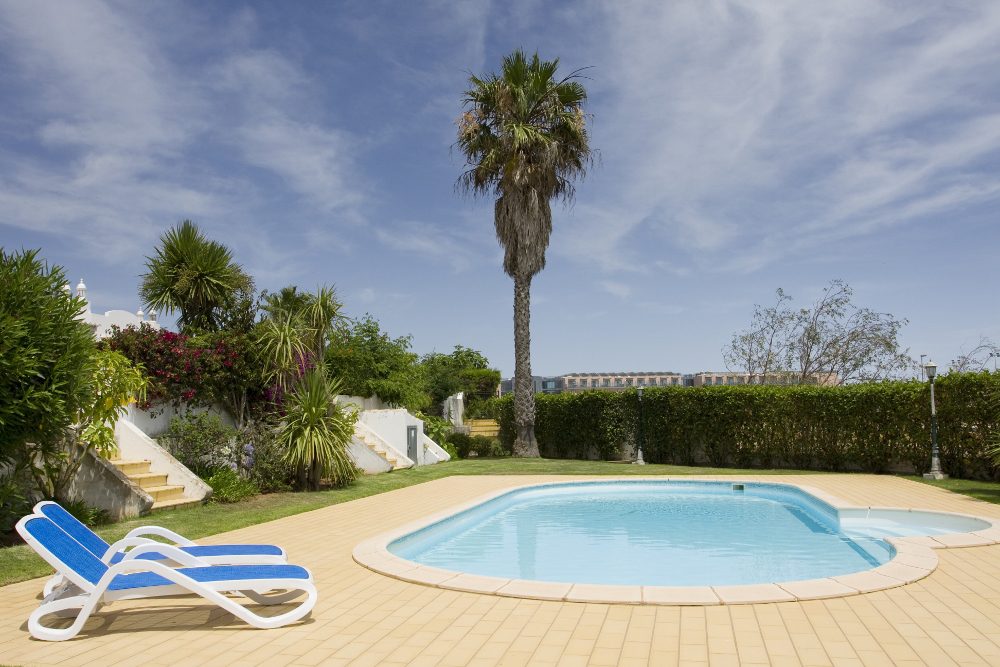


Creatures living in and around the tide pools. Fish and Wildlife Service to inquire if local seashell collecting rules have changed. Interesting facts about tide pools include. If lucky, you might spot the occasional nudibranch or sea slug (class Gastropoda), a small but. If you can't tell the difference, don't risk removing a living creature from its natural habitat. Sea anemones, small crabs, and fish frequent these hiding places. Dead shells are likely to be bleached white and found washed up on the shore. Living sand dollars tend to have a greenish color and tiny hairs, and are found half-buried in shallow water. But the most abundant sea creature here is the sand dollar.Ĭollecting sand dollars in the state park is permitted, with one important disclaimer-never collect live specimens. Barnacles and mussels can also hold seawater in their closed shells to keep from drying out during low tide. 1 Many of these pools exist as separate bodies of water only at low tide, as seawater gets trapped when the tide recedes. These pools typically range from a few inches to a few feet deep and a few feet across. Tide pools are found in intertidal zones, which are areas where the ocean meets the land: from steep, rocky ledges to long, sloping sandy beaches and vast mudflats. The reason why the Reflecting Pool is shallow is so that it can get calm quickly and reflect. Barnacles, mussels, and kelps can survive in this environment by anchoring themselves to the rocks. A tide pool or rock pool is a shallow pool of seawater that forms on the rocky intertidal shore. A tide pool is an isolated pocket of seawater found in the ocean's What is the intertidal zone - NOAA's National Ocean Service. The water in the pool is shallow measuring only between 18 and 30 inches deep. The tide pools here are home to hermit crabs, white shrimp, and diamondback terrapins. Intertidal zones of rocky shorelines host sea stars, snails, seaweed, algae, and crabs. At low tide, the pool’s marine life is subjected to the sun, low oxygen levels, rising water temperatures, and predators like wading birds that specialize in feasting in these shallow pools for hours.

It features five miles of pristine beaches, thousands of acres of marsh and maritime forest, the longest fishing pier on the Eastern seaboard, and a lighthouse which is accessible to the public. Tide pools form in depressions along the shoreline of rocky coasts and fill with seawater that becomes trapped as the tide recedes. A variety of algae, crabs, sponges, seastars, mollusks, and fish make their homes in the inter-tidal that area between low and high tide. Their sharp, hard spines help to wear away the indentations in which they live.īotanical Beach in Juan de Fuca Provincial Park has 251 hectares of upland habitat, but it is best known for its abundance of intertidal life.Ģ.Located 16 miles east of Beaufort, Hunting Island State Park is South Carolina's most-visited state park, and for good reason. Purple sea urchins have established a particular niche in the soft sandstone.

Barnacles, snails and mussels are able to survive by closing up tightly with a small amount of water inside their shells. There you will find congregations of seastars, chitons and anemones the seastars often piled together to reduce moisture loss. Organisms that cannot cope with drying out will survive in the tide pools or in shaded crevices. When the tide is out, there are significant changes in temperature, predators, food sources and salinity, and each creature has adapted to contend with these variable conditions. The organisms that live here must be able to handle a wide range of conditions. So significant is this location that a research station was first established here in 1900 by a team from the University of Minnesota. Many intertidal animals, like the black abaloneprized for its shell and meatare now scarce or absent in areas where they were once abundant. Purple, red and orange starfish and sea urchins, blue mussel shells, white gooseneck barnacles, and green sea anemones and sea cucumbers only begin to hint at the spectrum of intertidal life that thrives here. Humans, historically and currently, harvest animals and plants from the intertidal environment for food, bait, and, more recently, for home aquariums. Located near Port Renfrew on southern Vancouver Island, Botanical Beach is one of the most amazing places on the entire West Coast of British Columbia, particularly at low tide, when visitors can walk a long way out across flat sandstone and granite outcroppings to view tide pools filled like jewelry boxes with brightly coloured marine animals. Not to much factual information about the individual sea animals in the tide pool.
Tidal pools facts full#
Rich tidal pools, a shoreline full of life, and fantastic geological features attract visitors to Botanical Beach, offering one of the best opportunities to view intertidal marine creatures and plants on Vancouver Island. Terrific illustrations and repetitive text make it a good book to read aloud.


 0 kommentar(er)
0 kommentar(er)
